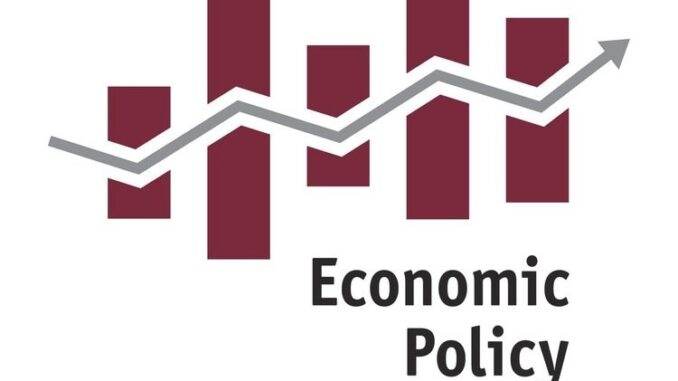
Reprinted from The Economic Policy Institute by Lynn Rhinehart on February 26, 2021.
When it was passed in 1935, the National Labor Relations Act declared that its purpose was to promote the practice of collective bargaining, where workers and their union sit down with their employer to negotiate over wages, safety, fairness, and other important issues. But over time, this promise has become hollow because weaknesses in the law have been exploited by employers and the courts to undermine workers’ bargaining power. Here are six ways the Protecting the Right to Organize (PRO) Act helps to level the playing field and restore workers’ bargaining power:
- The PRO Act has a process for reaching a first collective bargaining agreement. …
- The PRO Act requires employers to continue bargaining instead of taking unilateral action. …
- The PRO Act gets the economic players to the bargaining table. …
- The PRO Act eliminates the ban on so-called “secondary” activity. …
- The PRO Act prohibits employers from permanently replacing strikers. …
- The PRO Act overrides state “right-to-work” laws that weaken unions. …






